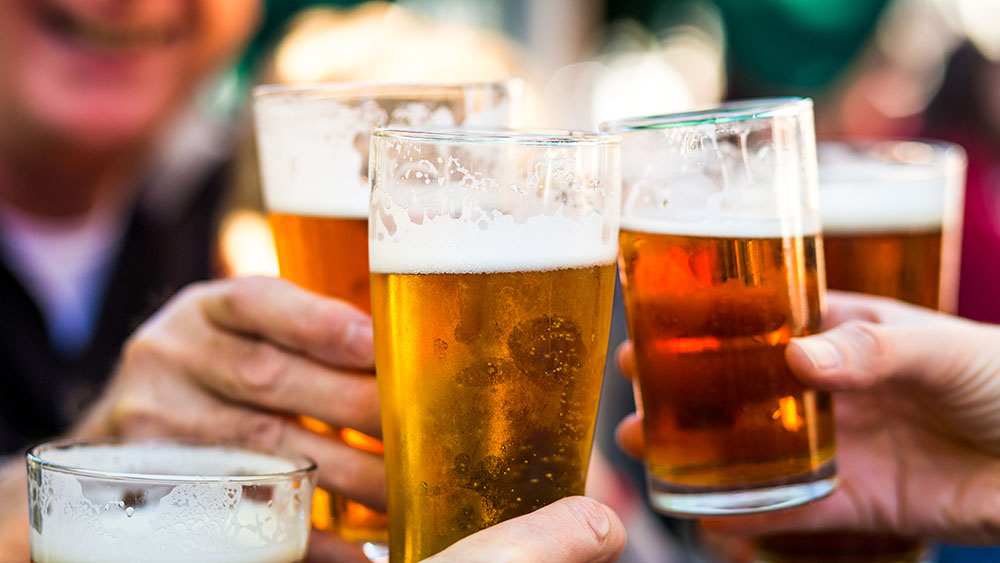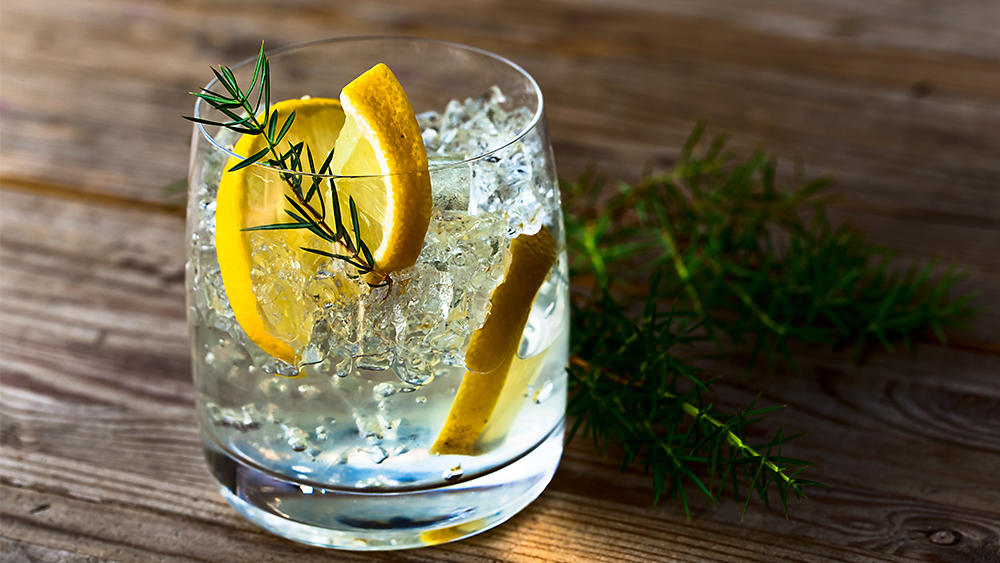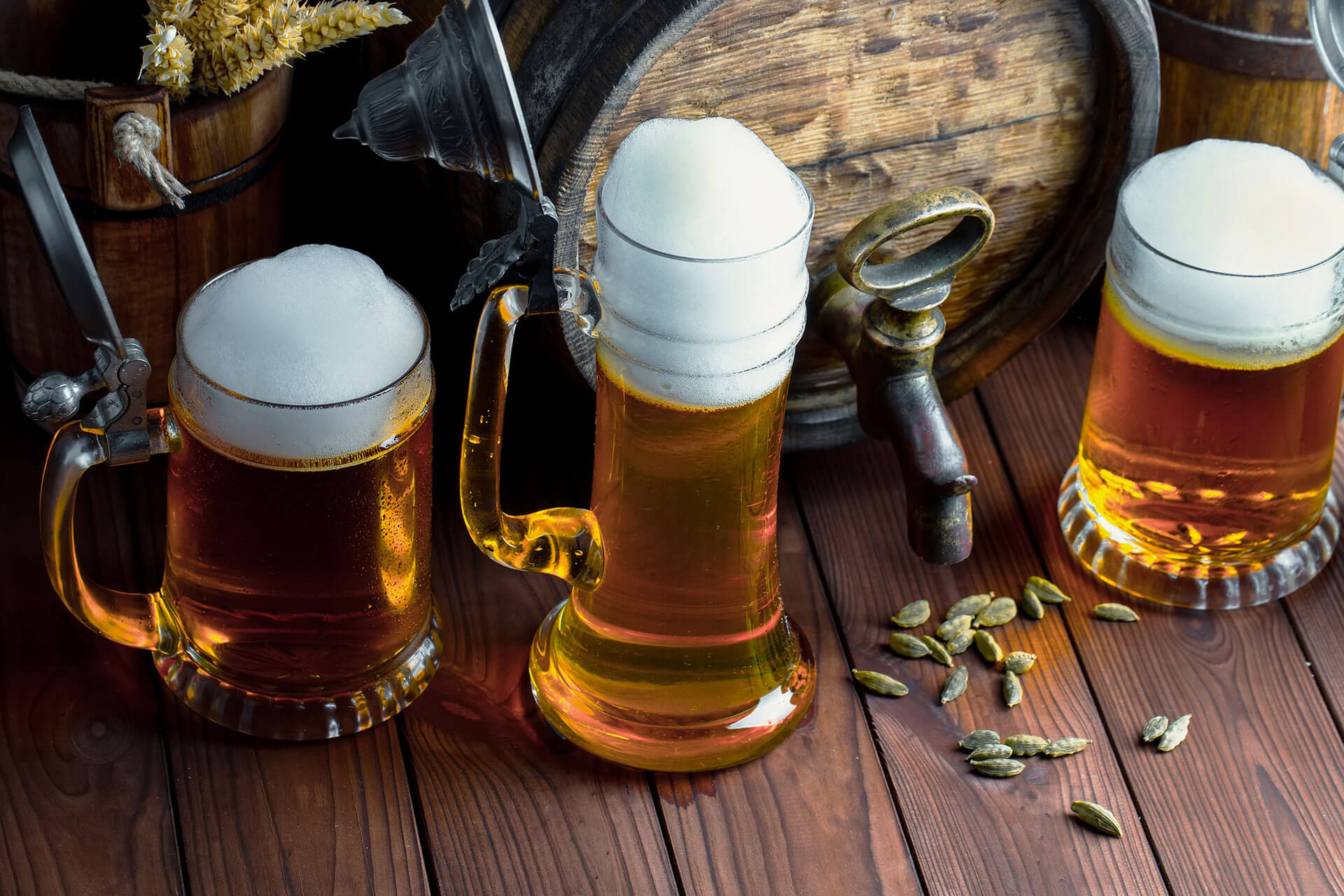18/12/2023
No-alcohol share of overall alcohol market expected to grow to nearly 4% by 2027
Almost a fifth of all no-alcohol consumers in 2023 were new entrants to the category
Latest data from IWSR shows that no- and low-alcohol consumption across the world’s leading 10 no/low markets (T10*), which account for approximately 70% of global no/low-alcohol volumes, grew by +5% in volume in 2023, and the market is now worth over USD 13bn. The no/low-alcohol category is forecast to grow at a volume CAGR of +6% between 2023 and 2027, led by no-alcohol at +7%, with low-alcohol expanding by +3% over the same timescale.
Although this marks a slightly slower growth rate from previous years (no-alcohol grew at a volume CAGR of +8% between 2019 and 2023), the no-alcohol category is continuing to attract new recruits. Almost a fifth (17%) of all no-alcohol consumers in the past year were new entrants; for low-alcohol, the figure is 16%. This trend is especially evident in emerging no- and low-alcohol markets such as the US and Canada. Younger cohorts of legal drinking age (LDA) are recruited the most across markets, with fewer Boomers entering the category.
“As no- and low-alcohol becomes a more established part of the beverage alcohol landscape, growth is slowing after a peak in 2020 to 2021 – but the category is poised for robust gains in the coming years, spearheaded by no-alcohol and persistently strong recruitment levels,” says Susie Goldspink, Head of No- and Low-Alcohol Insights, IWSR.
"Across markets, more Millennials are becoming Substituters, with an increase from 41% to 45% in the proportion of Millennials drinking no/low on some occasions and full-strength on others, at the expense of the Abstainer group."
| Susie Goldspink, Head of No & Low-Alcohol Insights
No-alcohol now accounts for two-thirds of no/low-alcohol category volumes, with 72% of that made up of beer/cider. No-alcohol continues to take share from traditional alcohol, and IWSR expects no-alcohol to command nearly 4% of TBA volumes across the T10 markets by 2027.
Future growth in no-alcohol will be spearheaded by less developed no-alcohol markets, such as Canada, the US, Australia and Brazil. However, the more mature markets of Germany and Spain are each expected to grow at a CAGR of only +2%, 2023-2027, with Japan forecast to grow at +5%.
The forecasts largely correspond to no and low’s current market penetration: in Germany and Spain, the category has a TBA (total beverage alcohol) share above 10%, but it remains at less than 2% in both Canada and the US.
“In terms of growth opportunities, there is now a clear disparity between more mature and lower-penetration markets,” notes Goldspink. “Countries that are more established in no/low tend to skew towards older consumers, higher alcohol avoidance rates and lower no/low repertoires. Higher-growth markets generally have lower no/low penetration, and a greater share of younger LDA consumers who have a higher tendency to moderate and participate more in no/low categories.”
IWSR consumer research suggests that new entrants to no/low are also driving increased consumption frequency. While roughly half of new entrants are frequent no/low purchasers, for ‘experienced’ consumers the figure is less than 40% – and new entrants are more likely to look to increase their no/low consumption in the future.
Other findings from the IWSR No/Low Alcohol Strategic Study 2023 include:
Polarised demographics impact intensity and occasion
Millennials remain the largest age cohort among no/low consumers, but in more developed markets – such as Japan, Spain, Germany and France – no/low consumers skew older.
“This translates into how no/low products are purchased and consumed: consumers in these more mature markets drink no/low beverages predominantly at home and tend to have one or two drinks per occasion,” says Goldspink.
“On the other hand, markets with the highest proportion of Millennial and LDA Gen Z no/low consumers – such as South Africa, the US and Brazil – have more varied consumption settings, from home to wellness occasions, on-trade, and at festivals and sporting events. In these locations, they are more likely to have more drinks per occasion.”
Switching between no/low and full-strength
There are signs that people are increasingly looking to switch between no/low and full-strength alcohol, rather than avoiding the latter altogether.
Substituters – those who drink full-strength or no/low depending on the occasion – accounted for 43% of no/low consumers in 2023, up from 41% in 2022. Meanwhile, Abstainers have declined from 19% to 17%. “This trend is driven by the US and France, where the proportion of Substituters has reached 45% and 50% respectively,” explains Goldspink. “Across markets, more Millennials are becoming Substituters, with an increase from 41% to 45% in the proportion of Millennials drinking no/low on some occasions and full-strength on others, at the expense of the Abstainer group.”
Availability: a persistent challenge
Among the challenges facing the no/low category, availability remains a major barrier for existing consumers, while those who continue to reject the category tend to prefer other drinks or are put off by the taste of no/low products.
Across the T10 markets, more than 40% of existing no/low consumers said lack of product availability stopped them from consuming no/low more frequently – while more than 50% of non-consumers of no- and low-alcohol said they preferred other drinks.
“Up to 47% of no/low consumers find availability the main barrier to greater consumption across all markets, but it is particularly important in countries like the US, UK and South Africa, and among the younger LDA age cohorts (Gen Z and Millennials),” says Goldspink. “Japan is the exception: availability is not the most important barrier there. Japanese consumers prefer other beverages, and mostly reject no/low because they don’t like the taste.”
No-alcohol agave alternatives spark interest
LDA Gen Zs and Millennials are more interested in trying new no-alcohol alternatives than older cohorts; interest levels tends to mirror the most-consumed full-strength categories in each market.
Interest in new no-alcohol agave alternatives has grown rapidly off a small base, and remains relatively high in the US, followed by Brazil and South Africa, driven by younger LDA age groups, particularly Millennials. European markets and Japan show the least interest, influenced by their higher proportion of Boomers, who are less open to new beverages, and also by the full-strength agave category being under-developed.
Cognitive enhancers grow in popularity – especially in the US
Functional and mood-altering ingredients continue to drive NPD, said to offer benefits such as stress reduction, mood alteration and pleasure, as well as often claiming to offer effects alcohol may be associated with, such as a buzz or a release, or as a social lubricant.
More no-alcohol consumers purchase cognitive enhancers in the US – the number has increased in the past year driven particularly by Millennials, with up to 29% of consumers in that demographic having purchased beverages in this category. Consumption of CBD beverages across the T10 markets has plateaued and after a peak in 2021 has remained stable across markets.
Market Spotlight: the US
The no/low-alcohol market in the US continues to grow, following a volume CAGR of +25%, 2019-23, with forecast growth of +15% volume CAGR, 2023-27. Consumers of no/low-alcohol in the US tend to be younger consumers of legal drinking age, who tend to have wider no/low repertoires and are much more likely to be moderating alcohol than older cohorts, fuelling the strong forecast. The no-alcohol market in the US is now worth over USD 1.8bn.
Market Spotlight: the UK
Despite signs of the market maturing, growth continued apace in 2023 and the positive trend is expected to continue, with no/low-alcohol forecast to grow at +8% volume CAGR 2023-27 in the UK. No-alcohol beer is the main driving force of volume growth, but low-alcohol should also make some headway over the coming years, particularly due to the changes in alcohol tax for products below 3.5% ABV imposed in 2023. Millennials have the highest percentage of no/low buyers and tend to drink no- and low-alcohol products more frequently than other groups.
Market Spotlight: Australia
Low-alcohol volumes hold the majority share of the maturing no- and low-alcohol category in Australia, however no-alcohol achieved double-digit growth in 2023, and has grown to nearly 80% of low-alcohol’s volumes, primarily at the expense of the large low-alcohol beer segment. Millennials continue to account for the biggest proportion of no/low consumers. Additionally, Millennials are significantly more likely than all no/low buyers to be classified as Blenders – those who switch between no/low products and full-strength alcohol on the same occasion.
The above analysis reflects IWSR data from the 2023 data release. For more in-depth data and current analysis, please get in touch.
CATEGORY: All, No/Low-Alcohol | MARKET: All | TREND: All, Moderation |




